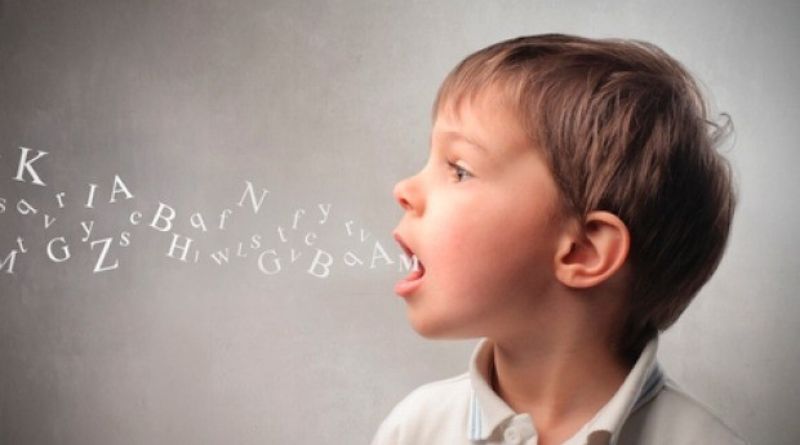As a parent, hearing that your child may have a speech disorder can feel overwhelming. You might wonder what this means for their future, how it will affect their education, or whether they’ll be able to communicate effectively with friends and family. The good news is that speech disorders are common, highly treatable, and with the right support including online speech correction programs CA families have access to children can make remarkable progress. Understanding the different types of speech disorders is the first step in getting your child the help they need. Let’s break down the most common speech and language challenges children face and what each one means for your family.
Articulation Disorders: When Sounds Come Out Wrong
Articulation disorders are among the most recognizable speech challenges. These occur when a child has difficulty producing specific sounds correctly. You might notice your child saying “wabbit” instead of “rabbit” or “thun” instead of “sun.” While some sound substitutions are developmentally appropriate for younger children, persistent difficulty beyond certain ages may indicate an articulation disorder.
Common articulation errors include substituting one sound for another, omitting sounds entirely, adding extra sounds, or distorting sounds so they don’t quite sound right. The /r/, /s/, /l/, and /th/ sounds are particularly challenging for many children. Some children struggle with just one or two sounds, while others have difficulty with multiple sounds, making their speech harder to understand.
The impact of articulation disorders extends beyond just pronunciation. Children who know they’re difficult to understand may become frustrated, withdrawn, or reluctant to speak in social situations. Early intervention is key, and speech therapy can help children learn proper tongue placement, airflow, and mouth positioning to produce sounds correctly.
Phonological Disorders: Patterns in Sound Errors
While articulation disorders affect individual sounds, phonological disorders involve patterns of sound errors that affect groups of sounds. A child might consistently simplify words by dropping ending sounds (“ca” for “cat”), or they might substitute all sounds made in the back of the mouth with sounds made in the front (“tea” for “key”).
These pattern-based errors can make a child’s speech significantly harder to understand, even though they may physically be capable of producing the sounds correctly in isolation. Phonological disorders are rooted in how the brain organizes and processes speech sounds rather than in physical limitations. Treatment focuses on helping children recognize these patterns and reorganize their sound system.
Childhood Apraxia of Speech: When the Brain and Mouth Don’t Connect
Childhood apraxia of speech (CAS) is a motor speech disorder that affects a child’s ability to plan and coordinate the movements needed for speech. Children with CAS know what they want to say, but their brain has difficulty telling their mouth how to make the movements to say it.
Unlike articulation disorders where errors are consistent, children with CAS may say a word correctly once and then incorrectly the next time. They often struggle more with longer words and sentences. You might notice groping movements as your child tries to position their mouth correctly, or inconsistent errors that make their speech particularly difficult to predict or understand.
CAS requires intensive, specialized therapy. The good news is that with consistent practice and the right therapeutic approach, children with apraxia can make significant gains in their speech clarity and confidence.
Fluency Disorders: Stuttering and Beyond
Fluency disorders affect the flow and rhythm of speech. Stuttering is the most common fluency disorder, characterized by repetitions of sounds or syllables (“b-b-b-ball”), prolongations of sounds (“sssssnake”), or blocks where no sound comes out despite the child’s effort to speak.
It’s important to note that many children go through a period of normal dysfluency between ages two and five as their language skills rapidly develop. However, if stuttering persists beyond six months, increases in frequency or severity, or causes your child distress, it’s time to seek professional support.
Cluttering is another fluency disorder where speech is rapid, irregular, and difficult to understand. Children who clutter may leave out sounds, run words together, or have difficulty organizing their thoughts into clear messages.
Language Disorders: Understanding and Expression Challenges
Language disorders can be receptive (difficulty understanding), expressive (difficulty communicating thoughts), or both. A child with a receptive language disorder might struggle to follow directions, understand questions, or grasp the meaning of what others say. They may seem confused during conversations or have trouble answering questions appropriately.
Expressive language disorders make it difficult for children to communicate their thoughts, needs, and ideas. These children might have a limited vocabulary, struggle to form complete sentences, use incorrect grammar, or have difficulty organizing their thoughts into coherent narratives. They may rely heavily on gestures or become frustrated when they can’t express themselves.
Mixed receptive-expressive language disorders involve challenges with both understanding and expressing language, creating significant communication barriers that affect learning, social relationships, and daily functioning.
Voice Disorders: Quality, Pitch, and Volume Issues
Voice disorders affect how the voice sounds rather than what words are said. A child with a voice disorder might sound chronically hoarse, breathy, or strained. Their pitch might be too high or too low for their age, or their volume might be consistently too loud or too soft.
Some voice disorders result from vocal misuse or abuse—yelling, excessive throat clearing, or imitating character voices. Others may be related to medical conditions like vocal nodules, reflux, or anatomical differences. Voice disorders require evaluation by both a speech-language pathologist and often an ear, nose, and throat specialist.
Moving Forward with Confidence
Understanding your child’s specific speech disorder is empowering. It helps you know what to expect, how to support them at home, and what goals to work toward in therapy. Remember that every child’s journey is unique. Some children make rapid progress while others need more time and support, but with patience, consistency, and professional guidance, improvement is possible.
If you suspect your child has a speech disorder, don’t wait. Early intervention consistently leads to better outcomes. Reach out to a licensed speech-language pathologist for an evaluation. They can identify your child’s specific challenges, explain what’s happening, and create a personalized treatment plan. With the right support, your child can develop the communication skills they need to thrive at home, in school, and in their relationships with others.



